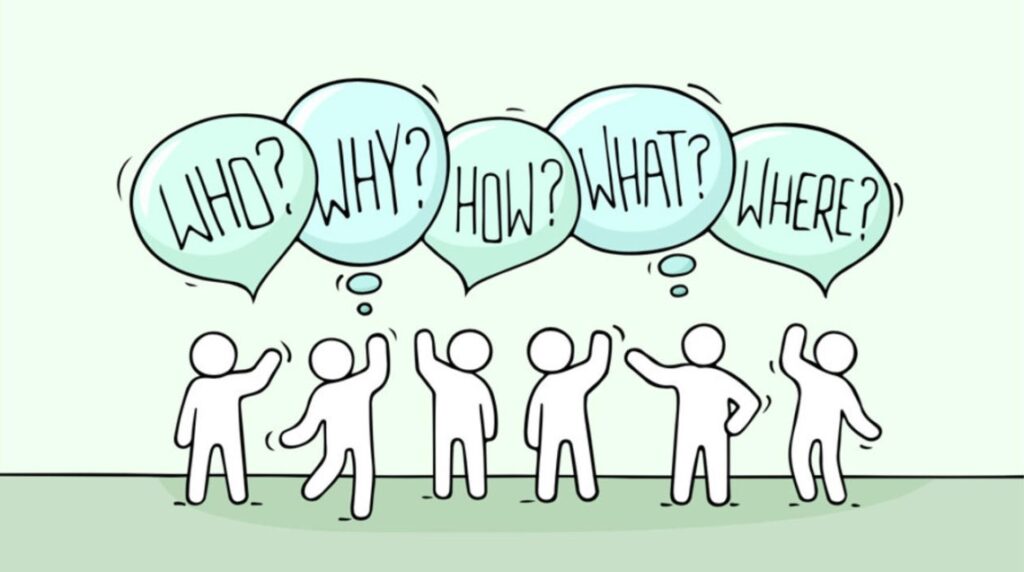
Have you ever felt frustrated or misunderstood in a conversation? You might have tried hard to communicate, but it didn’t work. Listening is very important. Good listening helps us connect with others and build relationships. Active listening is different from passive listening. You have probably experienced both. When someone is passively listening, they might hear some of your words, but they are not really focused. They seem to be on autopilot. They are not mentally engaged with what you are saying.
As the speaker, this can be discouraging. You might wonder, “Why am I even talking?” On the other hand, active listening is clear. It means listening completely. It shows that you care about what the other person is saying. We are diving into an important skill: active listening. Research shows that we spend 45% of our communication time listening. However, we only retain about 25% of what we hear. This means there is room for improvement.
So, what can we do? The answer is to really listen and understand others. By practicing active listening, we can improve our communication. This helps us build deeper connections with people. Active listening techniques are essential for effective communication. They help build strong relationships. Here are some important techniques:
Read our Hindi Post : Post Link
Read our other post : 10 Easy Ways to Overcome Perfectionism
Here are some important techniques:
1. Give the speaker your full attention. Avoid distractions.
2. Make eye contact with the speaker. This shows you are interested and paying attention.
3. Pay attention to the speaker’s body language and facial expressions. This helps you understand their message better.
4. Use open-ended questions. These encourage the speaker to elaborate and share more details. This keeps the conversation flowing.
5. Restate the speaker’s words in your own words. This shows you are actively listening. It also helps clarify understanding.
6. Listen to understand, not to respond. Focus on what the speaker is saying instead of thinking about your reply while they talk.
7. And the last, withhold judgment and advice. Don’t make quick judgments or offer advice until you fully understand the speaker’s point of view. This creates a safe and open environment for communication.
In this blog, you will learn practical steps to become an active listener. First, these steps will help enhance your communication skills. Active listening is more than just hearing words; it means fully engaging with the speaker. Additionally, it involves showing empathy and trying to understand their thoughts and feelings. Therefore, here are a few steps you can take to improve your active listening skills.

Avoid Distractions
To listen effectively, first, remove distractions like cell phones and laptops. Jack Zenger and Joseph Folkman say that listening is an active process. It involves two people interacting. Listening is not a competition; it requires full engagement.
They compare active listening to a trampoline. Just like a trampoline gives height and energy, you should support the speaker’s thoughts. To be a “trampoline listener,” give the speaker your full attention. This means eliminating distractions. Maintain eye contact and use non-verbal cues. These actions show that you are fully present and involved in the conversation. Now, it’s important to ask yourself,
How do I usually listen?
You listen in different ways depending on the situation. Sometimes, you focus on tasks. In this case, you listen efficiently and analytically. You aim to understand problems from a neutral perspective. Other times, you listen to build relationships. Here, you are more emotionally supportive. You focus on connecting with the other person.
There are also moments when you listen critically. In this style, you evaluate both the content and the speaker. You might have a default listening style. However, it’s important to think about why you are listening. This reflection helps you decide if a different style or a mix of styles is better.
For example, if a friend in class needs emotional support, you should listen differently than when a coworker seeks honest feedback. By considering your goals and the speaker’s needs, you can choose the best way to listen. This approach encourages you to listen without an agenda. By doing this, you can truly understand what the other person is saying without planning your response in advance.
Who is the focus of attention in the conversation?
Your own stories can help you connect with others. However, be careful not to shift the focus away from the speaker. You can ask questions like, “What am I missing?” This shows that you are engaged in the conversation.
Good listening involves more than just nodding or repeating what you hear. It also means speaking up and asking good questions. Furthermore, this signals to the speaker that you are genuinely interested in what they have to say. Pay attention to both verbal and nonverbal cues. hese cues can help you understand if the speaker has more to share. By asking questions about what may have been left unsaid, you show that you are listening deeply. This supports the speaker and leads to insights for both of you.
Here’s an example: A friend says, “I’m worried about my viva for the board examination.” You might try to reassure them by saying, “Oh, you’re going to be great. It took me a year before I could present without being nervous.”
However, while you are trying to connect, this response can dismiss their concerns. It does not invite them to share more details. Instead, it shifts the focus to you. This response might ignore what could be an important issue behind their worry.
To show that you are listening sincerely, you can say something like, “I was nervous when I started presenting too.” This response connects with their feelings. Overall, try to put yourself in the speaker’s shoes. Understand their perspective. Be open-minded and non-judgmental. This approach creates a safe space for open communication.

Ask questions
“What’s worrying you?” There is a big difference between that and other responses. When you want to be a better listener, ask yourself: Am I getting in the way of truly listening? Often, our own insecurities or worries can stop us from listening well. For example, we might feel emotionally uneasy. Additionally, we may worry about how we appear to the other person. However, with practice, you can quiet that internal chatter. Consequently, this will make room for truly hearing what the other person is saying.
So far, we have discussed how anyone can be a better listener. However, if you are a leader in your class or office, good listening is even more important. In this role, ask yourself: Am I in an information bubble?
Many leaders find themselves in these bubbles. Friends or employees may be afraid to question or challenge them. They might also worry about disappointing their leaders. As a result, people may present information in a positive light to avoid difficult conversations.
Kevin Sharer, the former CEO and chairman of Amgen, said, “If you walk around and see a bunch of smiling faces and say, ‘Gee, everybody looks happy to me,’ you’re not listening.” Therefore, leaders need to develop the discipline to listen for understanding. This means listening without judgment, agenda, or distraction. Additionally, they should actively seek input from all levels and ranks.
Making sure that everyone feels comfortable sharing information, whether it’s good or bad, is super important. When someone is talking, asking questions to understand their message shows that you are genuinely interested. Moreover, this approach encourages them to share more. Ultimately, it’s all about creating a supportive and open atmosphere!
Reflecting
Being able to reflect, summarize, and repeat key points back to the speaker is essential. This skill helps ensure accurate understanding and shows respect. It also allows for any necessary corrections. These steps can help anyone become an active listener in under two minutes. Reflecting on the speaker’s words clarifies any misunderstandings. It also gives the speaker a chance to hear their thoughts from a different perspective. This encourages them to elaborate on their original message. Moreover, this process often stimulates the speaker to share more details.
